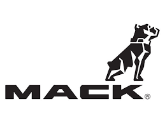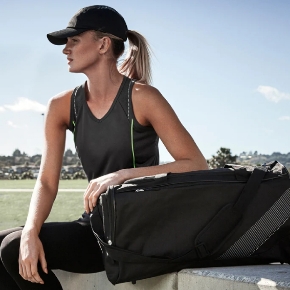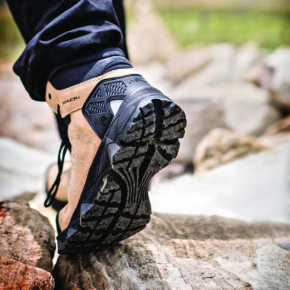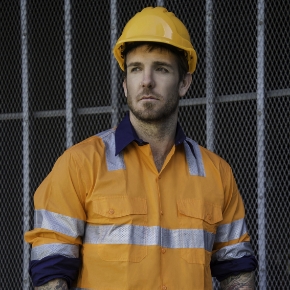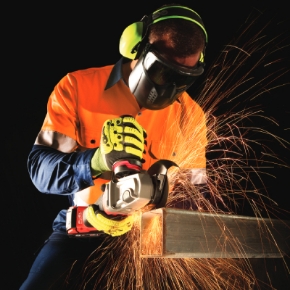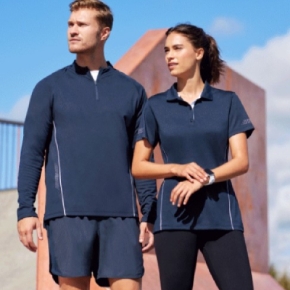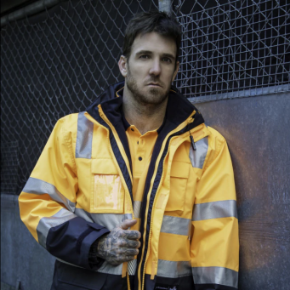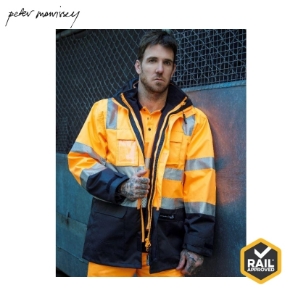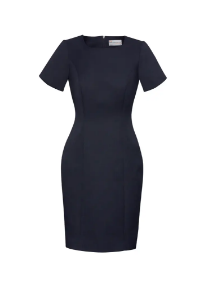
Published by: TRu Brands, 16/1/2025 8:30 AM
In the rugged terrains of the Australian mining and construction industries, where workers are often at the mercy of unpredictable weather, the quality of wet weather gear is not just about comfort—it's about safety and productivity. The backbone of ensuring the effectiveness of this critical gear is the Australian Standard AS 2001.2.17:1987, which provides a rigorous framework for testing the resistance of fabrics to water penetration. This blog explores how this standard applies to the mining and construction sectors and delves into the science behind the testing of wet weather garments.
Hydrostatic Pressure Clothing Standard - AS 2001.2.17:1987
AS 2001.2.17:1987 outlines a methodical approach for determining a fabric's resistance to water, specifically through the Hydrostatic Pressure Test. This test measures the ability of a fabric to withstand water under pressure, which simulates the conditions experienced in heavy rain or when encountering water in a work environment. The standard is crucial for industries where water exposure is not just a discomfort but a potential hazard, making the selection of compliant gear a key safety concern.
How the Testing Works
The Hydrostatic Pressure Test involves subjecting a section of the fabric to a gradually increasing water pressure until three points of leakage are observed. The pressure at which water begins to penetrate the fabric is recorded as the fabric's waterproof rating, measured in millimeters (mm). This rating gives a direct indication of the fabric's capability to resist water penetration, providing a quantifiable measure that can be used to compare the effectiveness of different materials and garments.
Levels of Waterproofing
AS 2001.2.17:1987 enables fabrics to be categorised into different levels of waterproofing, each suited to varying degrees of exposure and work conditions:
- Light Waterproofing (1,500 - 5,000mm): Suitable for light rain and brief water contact. Gear with this rating can handle occasional splashes and light rainfall, making it suitable for areas in the mining and construction sectors where water exposure is minimal.
- Moderate Waterproofing (5,000 - 10,000mm): Designed for moderate to heavy rain, this level is ideal for more extended periods of outdoor work. It provides adequate protection for workers who might face sustained rainfall or wet conditions throughout their shift.
- Heavy-Duty Waterproofing (10,000mm and above): Gear that meets this standard is capable of withstanding heavy downpours, standing water, and the kind of conditions frequently encountered on mining sites and construction projects. This level of protection is essential for ensuring that workers remain dry, focused, and safe, even in the most challenging weather.
Implications for the Mining and Construction Industries
In mining and construction, the choice of wet weather gear is critical. Not only does it affect the comfort and morale of workers, but it also impacts their safety and the overall productivity of operations. Compliance with AS 2001.2.17:1987 ensures that the gear can withstand the harsh conditions often faced in these industries, reducing the risk of water-related incidents and health issues such as hypothermia.
When selecting wet weather gear for mining or construction, it's crucial to consider the specific conditions and challenges of the site. Factors such as the average rainfall, the likelihood of encountering standing water, and the physical demands of the work should guide the selection process. Garments that meet or exceed the heavy-duty waterproofing level are often the best choice, providing peace of mind that workers are equipped to face whatever conditions come their way.
AS 2001.2.17:1987 plays a pivotal role in ensuring the quality and effectiveness of wet weather gear in the Australian mining and construction industries. By understanding the standards and the levels of protection they signify, companies can make informed choices about the gear they provide to their workers, ensuring safety and productivity, regardless of the weather.






































